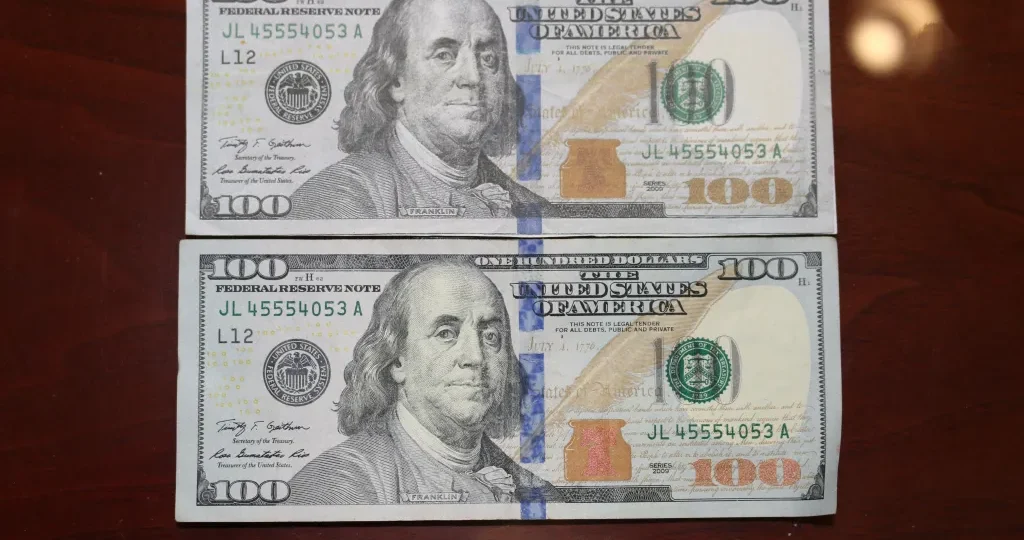Counterfeit Money VS Real Money, Counterfeit money refers to fake currency produced without legal authorization, intended to imitate real money and deceive others. Real money, on the other hand, is issued and guaranteed by a country’s central bank or government, carrying official value and trust.
1. Material and Texture
Real money is usually printed on high-quality paper or polymer with distinct texture and durability. Counterfeit notes often feel smoother or thinner and may tear easily.
2. Security Features
Genuine currency includes several security elements such as:
- Watermarks visible when held up to light
- Security threads embedded in the note
- Color-shifting ink that changes color when tilted
- Microprinting and raised printing for added detail
Fake money may copy these features, but usually lacks precision.
3. Printing Quality
Real banknotes are printed using advanced techniques like intaglio printing, which gives raised textures. Counterfeit notes often show blurry edges, uneven ink, or missing microdetails under magnification.
4. Serial Numbers
Each real note has a unique serial number. In counterfeit money, the numbers may be repeated or misaligned.
5. Detection Methods
Banks and businesses use ultraviolet (UV) light, magnifiers, or counterfeit detection pens to verify authenticity.
Conclusion
Understanding the differences between counterfeit and real money is vital for maintaining economic integrity. Ongoing research and technological innovation help governments improve security features and protect financial systems from forgery.

